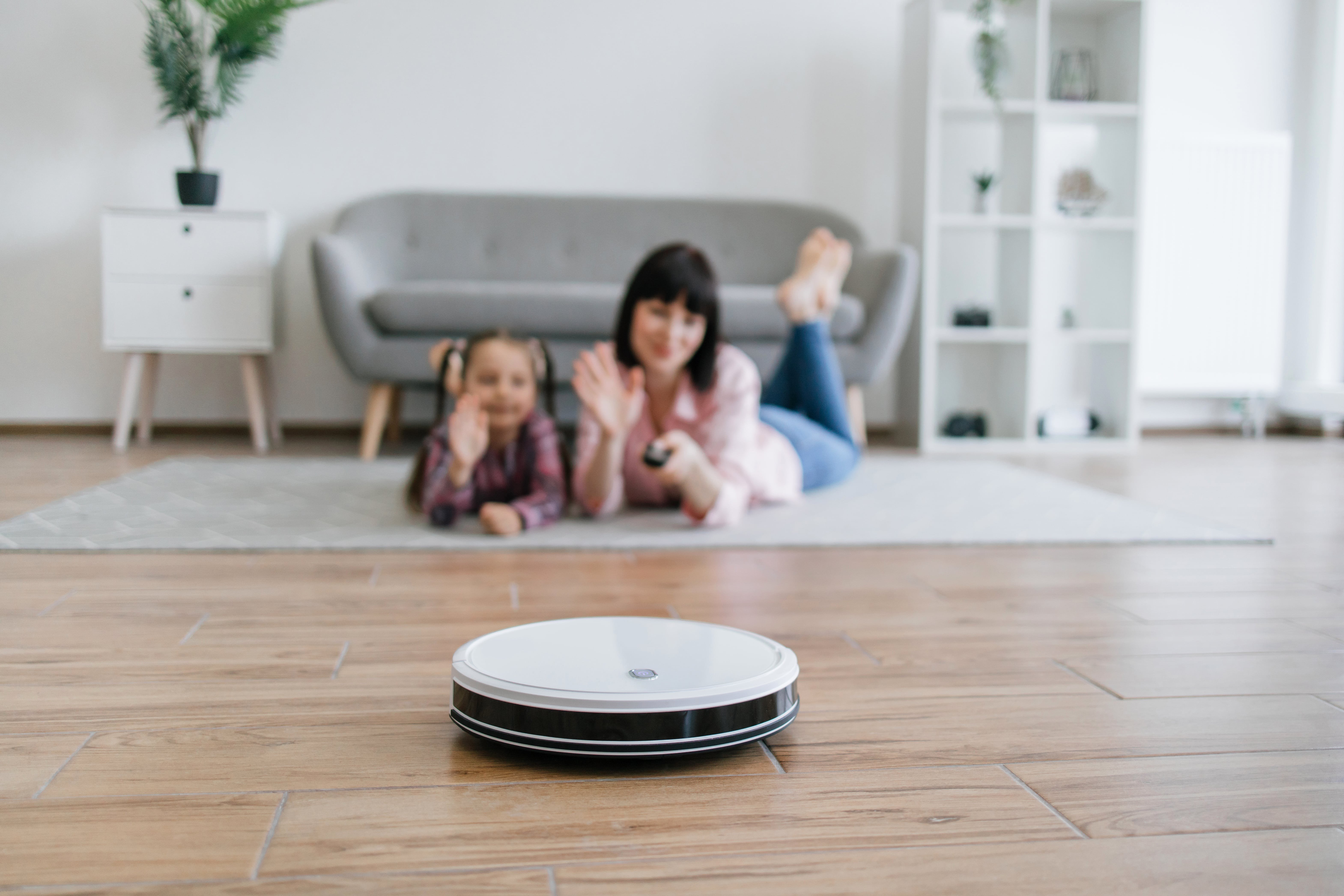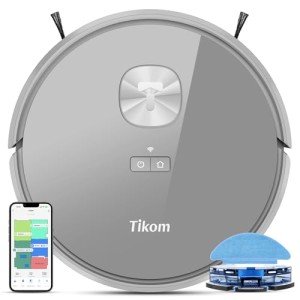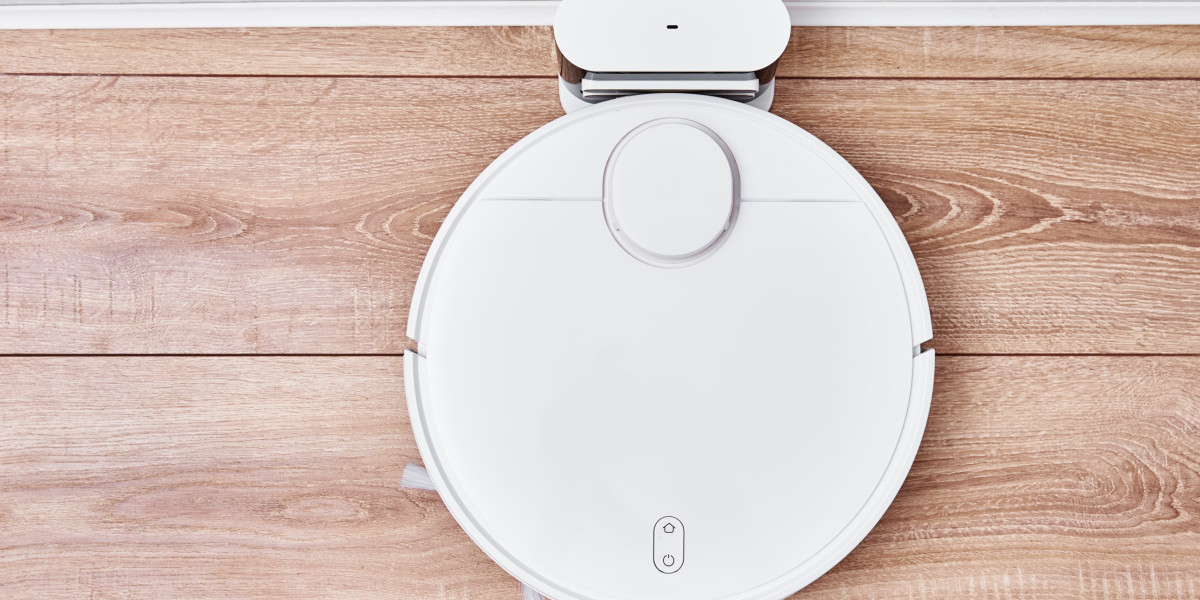Understanding Floor Robots: The Future of Home Cleaning
Recently, technological advancements have considerably transformed the landscape of family cleaning. Among the most noteworthy developments is the floor robot, a gadget that has rapidly gotten appeal for its convenience and effectiveness. This post aims to check out the different aspects of floor robots, their functionality, benefits, popular designs, and some regularly asked questions to assist customers make notified decisions.
What is a Floor Robot?
A floor robot, frequently described as a robotic vacuum, is an automated vacuum cleaner device created to browse floorings and get rid of dirt, dust, and debris. Unlike traditional vacuum cleaners, floor robots run autonomously, using a problem-free cleaning experience. These smart machines make use of sensors, mapping technologies, and advanced algorithms to clean various surfaces, consisting of wood, tile, and carpet.

How Do Floor Robots Work?
Floor robots run through a mix of hardware and software components. Here are the crucial features that enable their performance:
1. Sensing units
- Challenge Detection: Floor robots have integrated sensors that help them discover barriers, allowing them to navigate around furnishings and avoid falls.
- Cliff Sensors: These avoid the robot from dropping stairs or ledges by recognizing modifications in elevation.
2. Navigation and Mapping
- Visual Mapping: Some innovative designs employ video cameras and laser technology to develop in-depth maps of the cleaning area.
- Simultaneous Localization and Mapping (SLAM): This technique assists the robot track its location and efficiently prepare its cleaning route.
3. Cleaning Mechanisms
- Suction Power: Most robotic vacuums use a suction system to record dirt and dust, which is then kept in an onboard dustbin.
- Brushing Systems: Many designs come geared up with rotating brushes or mops for improved cleaning capabilities, especially on carpets or hard surfaces.
4. Smart Features
- Connectivity: Many floor robots support Wi-Fi connection, enabling users to manage them by means of smartphone apps or smart home systems.
- Scheduling: Users can arrange cleaning times, guaranteeing their homes are tidy even when they're not there.
5. Self-governing Charging
- Self-Docking: Most robots instantly return to their charging station once their battery runs low, ensuring they're constantly ready to clean.
Benefits of Using a Floor Robot
The adoption of floor robots includes numerous benefits that make them interesting users:
1. Convenience
Floor robots can clean while users address other jobs, enabling multitasking and time-saving.
2. Increased Efficiency
Robotic vacuums frequently cover more ground in less time compared to standard techniques, thanks to their organized cleaning patterns.
3. Consistent Cleaning Routine
Users can arrange routine cleansings, making sure that their homes stay tidy without needing daily intervention.
4. Availability
Robotic vacuums can easily access hard-to-reach locations, such as under furnishings or in tight spaces.
5. Advanced Features
Many designs come geared up with functions like voice control and app integration, boosting functionality and ease of access.
Popular Floor Robots
When considering a floor robot vacuum cleaner industrial (https://gitea.shirom.me/robotvacuummops6840/www.robotvacuummops.com2002/wiki/best-rated-robot-vacuum:-a-comprehensive-guide-to-choosing-the-right-one-for-your-home), different brand names and designs cater to different requirements and spending plans. Here's a brief overview of some leading options:
| Brand | Model | Secret Features | Price Range |
|---|---|---|---|
| iRobot | Roomba i7+ | Smart mapping, self vacuum-emptying dock | ₤ 600 - ₤ 800 |
| Roborock | Roborock S7 | Sonic mopping, barrier avoidance | ₤ 500 - ₤ 700 |
| Neato | Neato D7 | D-shape design, advanced suction | ₤ 600 - ₤ 800 |
| Ecovacs | Ecovacs Deebot T8 | Mopping function, advanced mapping | ₤ 600 - ₤ 800 |
| Shark | Shark IQ Robot | Self-emptying base, home mapping | ₤ 400 - ₤ 600 |
(Note: Prices may vary based upon merchants and ongoing promotions.)
Often Asked Questions (FAQs)
1. Are floor robots efficient on carpets?
Yes, most contemporary floor robots are developed to clean different surface areas, including carpets. Models with strong suction and turning brushes are especially effective at getting family pet hair and ground-in dirt.
2. How frequently should I run my floor robot?
This depends on your household's needs. For homes with animals or high foot traffic, daily or every other day cleaning might be useful. For quieter homes, running the best budget robot vacuum when a week might be enough.
3. Can I manage my floor robot from another location?
Lots of floor robots come with smartphone apps that allow users to control their devices from another location, schedule cleanings, and display efficiency.
4. Do I require to clear the dustbin frequently?
The majority of robots require regular emptying of the dustbin, specifically in homes with pets or heavy soil. However, some designs offer self-emptying capabilities, which reduce user involvement.

5. Are floor robots ideal for all kinds of floor covering?
Many floor robots are efficient on different surfaces, consisting of hardwood, tile, and low-pile carpets. However, some might carry out better on particular surfaces, so it's vital to choose a model suited to your home's requirements.
As homes continue to embrace innovation, floor robots have actually become necessary cleaning buddies, providing benefit, performance, and advanced features. Understanding their performances, benefits, and offered models permits consumers to select the right floor robot to fulfill their specific cleaning requirements. By investing in this innovative innovation, house owners can guarantee their home remain tidy and comfortable with very little effort.








